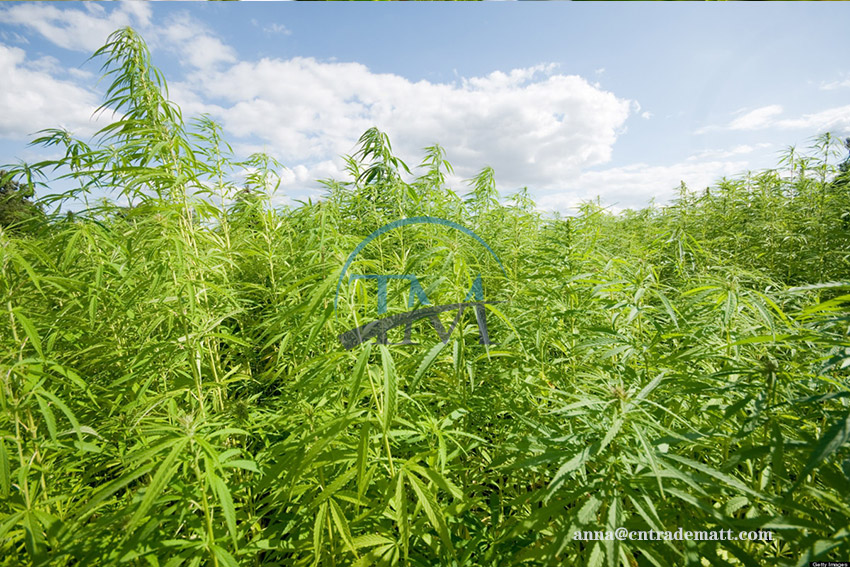Medical marijuana relieves symptoms
Epilepsy seizures – By far the most famous (and officially approved) cases of medical cannabis use are epileptic seizures (usually rare) – Lennox-Gastaut and Draview syndrome. The FDA acknowledges the use of medical marijuana in these cases, especially in support of the American Neurological Society in 2015. The current position on this issue highlights the fact that cannabinol, rather than tetrahydrocannabinol, has resulted in fewer seizures. Five different epileptic subtypes are considered to reduce the use of medical cannabis: tonics, tension-free, absenteeism, clinics, and myoclonus.
Muscle spasm – usually harmless, intensive spastic activity is a hallmark of some heart diseases, most notably multiple sclerosis (MS). In fact, there have been several widely reported cases in the past few years in which patients with MS claim that medical marijuana is the only thing that can make their lives tolerable. The strains CBD and THC with approximately the same number were most suitable for alleviating chronic muscle spasm.
Inflammation and pain – Although the secrets of local inflammation have long been decrypted, the ubiquitous inflammation and disorders in this response continue to plague scientists. The role of cannabis in the treatment of pain caused by inflammation has been known for thousands of years. Nevertheless, recent evidence suggests that due to cannabinoid’s role, in the case of autoimmune disorders, the response has eased and some of the stress on the body has been alleviated.
Nausea We have mentioned that synthetic cannabinoids are FDA-approved ways to reduce nausea caused by chemotherapy. The problem is that nausea is their main symptom in many (acute and chronic) situations. The use of cannabis in this area is almost endless.
Appetite Control – Although the link between smoking marijuana and abnormal food cravings has become a cliche in popular culture, appetite control may be a serious problem. Recent studies have shown that cannabinoids (not just THC) can make important changes in the Nekanabin system, which has been shown to have an impact on the psychological returns of food consumption. Therefore, medical cannabis may be a future solution, showing excessive consumption and loss of appetite, and therefore has physiological and spiritual applications.
Sleep Regulation and Insomnia – Stressful socio-economic life combined with a high-fat diet (a necessity of modern life) can lead to isolated episodes or even chronic insomnia (about 15% of adults in the Western world do). Cannabis has been used to treat insomnia since the Arab Conquest, but now cannabis, which uses nonpsychoactive substances, can do the same. Medical cannabis has many causes of insomnia – stress, inflammation, pain and anxiety.
Hypertension – Endothelial thickening (the epithelial tissue that forms the first protective layer of blood vessels) is a natural process that occurs with age in most hypertensive patients due to repeated inflammation. This thickening causes vasoconstriction, which leads to hypertension.
Medical cannabis is a two-pronged deterrent against hypertension, one by reducing the degree of systemic inflammation, the other by relaxing the stress-induced muscle overactivity through the endogenous cannabis system.
There are more symptoms proving that medical cannabis is the first and most natural solution, such as abnormal intraocular pressure, but the symptoms mentioned above are the most widespread and systemic signs of serious illness, and cannabis has proven time and again (scientific and anecdotal evidence) to be more effective than current prescription drugs (in many cases).

Tags: israele supercritical fluid extarction,supercritical fluid extraction,co2 supercritic extracvtion conditions